400-6580-668
CN/EN
Called the USB Universal Serial Bus, translated for the Universal Serial Bus (USB), is connected to the computer system and peripheral equipment of a Serial Bus standard, is also a kind of
Input/output interface specification, has been widely used in personal computers and mobile devices, such as information and communication products, and expand to photographic equipment, digital TV (STB)
, game consoles and other related fields.
As the IT industry progress, USB in the following stages:
USB1.0:1.5 megabits per second (192 KB/s) (Low Speed), 500 ma at Low Speed, in January 1996.
USB1.1:12 megabits per second (1.5 MB/s) at 500 ma (Full Speed), September 1998.
Usb: 480 MBPS (60 MB/s) High Speed (High - Speed), 500 ma, in April 2000.
Start: 5 GBPS (640 MB/s) overspeed (Super - Speed), 900 ma, in November 2008.
USB3.1:10 GBPS (1.25 GB/s) overspeed plus (SuperSpeed +) 5 a, December 2013.
The latest generation of USB 3.1 Gen2, transmission speed of 10 gbit/s, higher voltage 5 v / 12 v / 20 v, maximum power 100 w.
And with USB3.1 C Type of USB interface: USB Type C a unify the trend of consumer electronics interface, has recently occupied the top brands flagship mobile phone interface.
USB Type C interface with its thin, positive and negative pluggable, and many other advantages, has been widely used, we first take a look at the USB Type C joint apart.
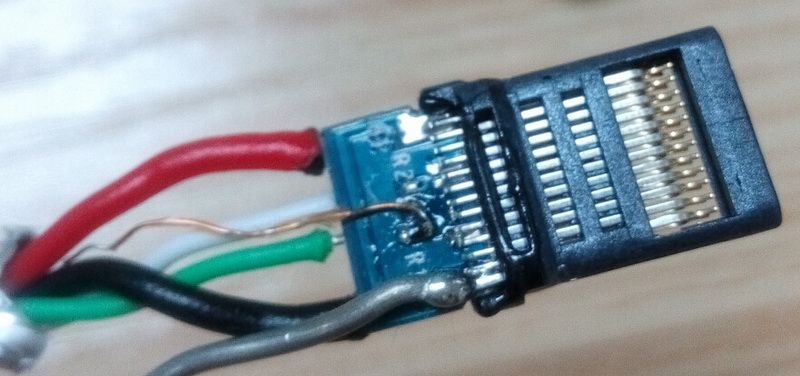
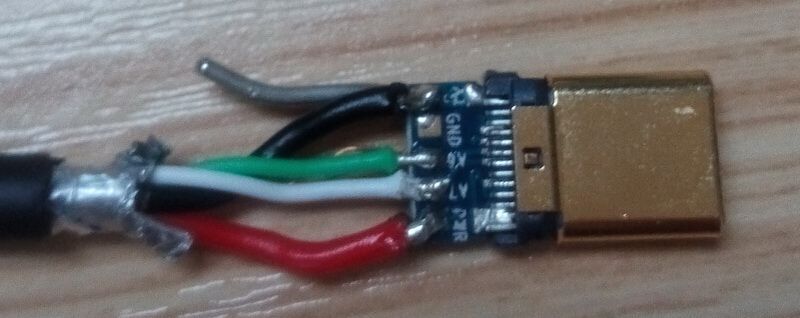
Visible from above, dismantling, USB interface Type C each have 12 pin, the pin is arranged as follows:
Pareto diagram Type C female head pins

Pareto diagram Type C male head pins

Second, the USB Type C three work modes
There are three kinds of USB3.1 standard work mode:
1: the DRP. The main HOST/DEVICE can free conversion, similar to a computer or a MacBook.
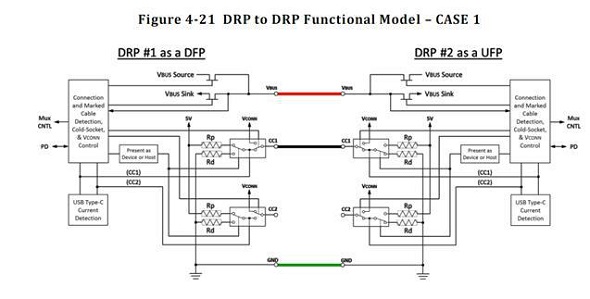
USB Type C DRP work mode diagram
2: DFP. On the downstream side, the main HOST end (resistance).
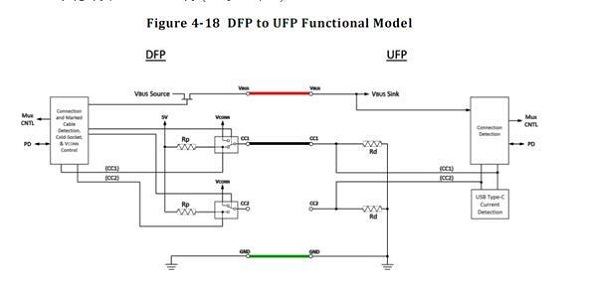
USB Type C DFP工作模式示意图
3: UFP. The upward side, the DEVICE end (pulldown resistor).
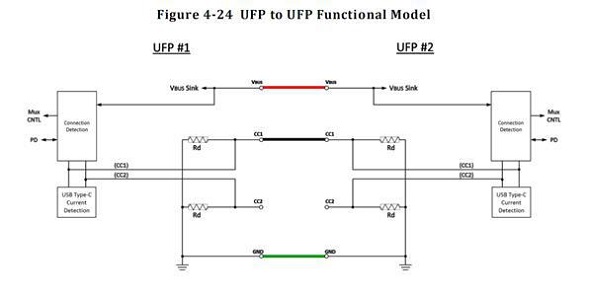
USB Type C UFP工作模式示意图
USB Type C fast transmission also has requirements for wire rod, 21 core oxygen-free copper conductor transmission to ensure the transmission of large current. Below case of USB3.1 specification to shield Type C cable show figure, a total of 21 core its internal wire core, more than the usb line 16 core, so as to satisfy the USB3.1 high-speed transmission standard and 100 w power output.
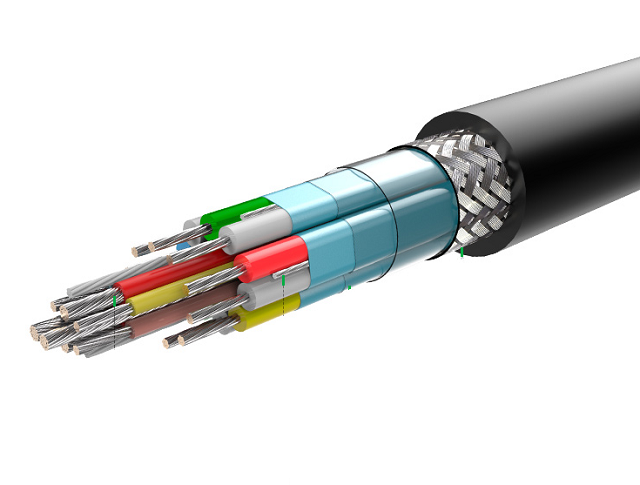
Fourth, USB Type C product status
Currently using the Type C interface of electronic products mainly include mobile phone, tablet, laptop, and extending the data line, charging head, digital mobile power supply and other accessories, most of the product is transmission speed at the USB2.0 and see. Have SCP super fast charge function of huawei Mate20 series, with exclusive charger cable Type C, Type C by 5 a current, the power can reach 40 w, but from the USB 3.1 Gen2 maximum 100 w power output is still a big gap, it calls for the joint efforts of the progress of science and technology and industry.
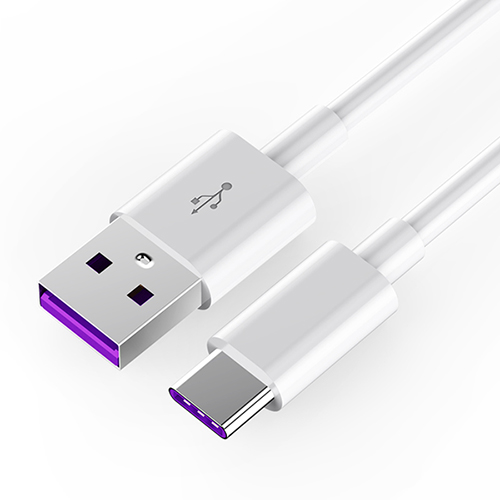
The article listed several key parameters of the description:
USB3.1: USB3.1 specification is divided into USB3.1 Gen1 and USB3.1 Gen2, belong to the current mainstream apple MacBook USB3.1 Gen1, its bandwidth is 5 GBPS; Only USB3.1 Gen2 standard to reach 10 GBPS bandwidth;
HOST side: USB HOST is a USB main equipment, data can be read from a device connected to the HOST.
Online contact